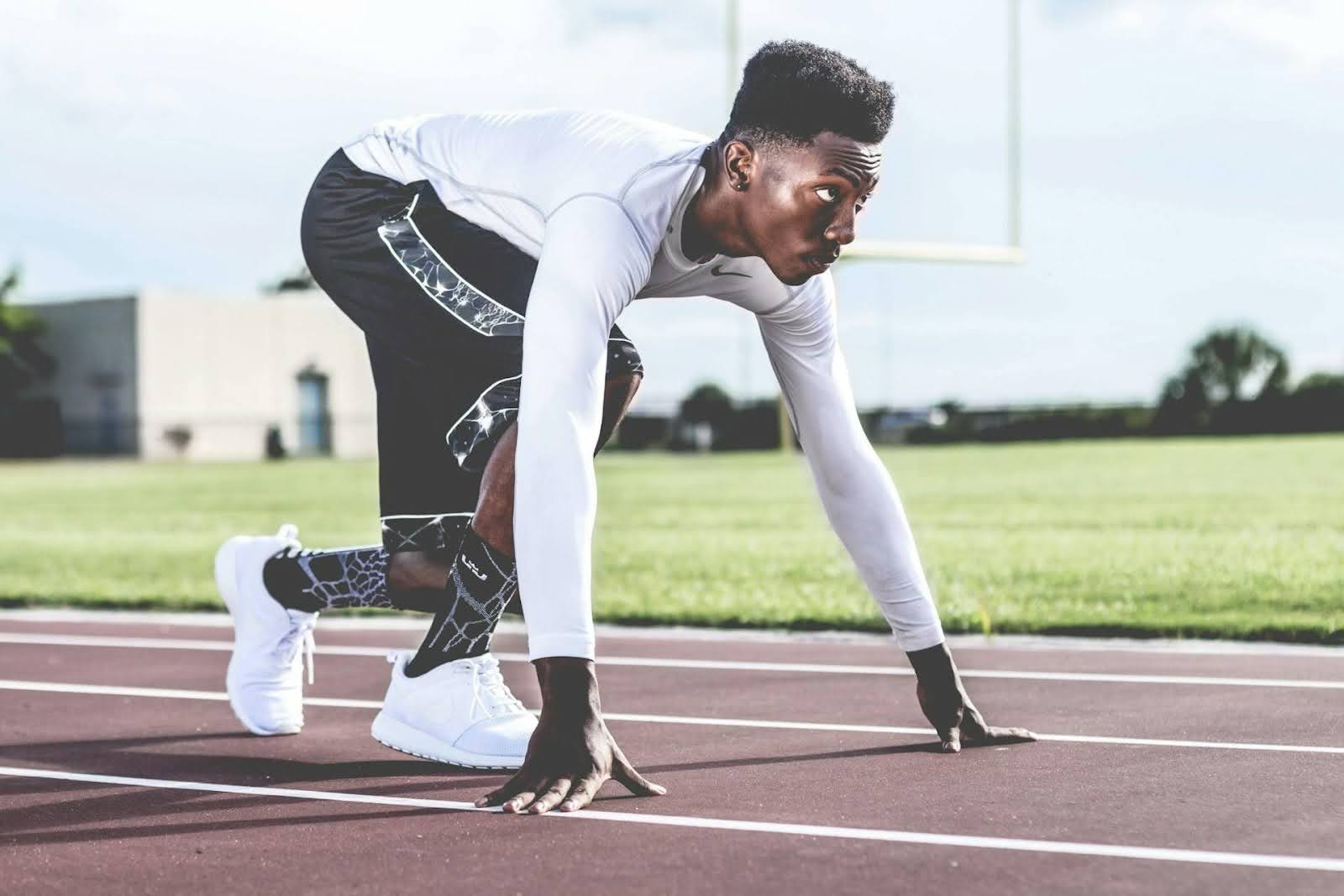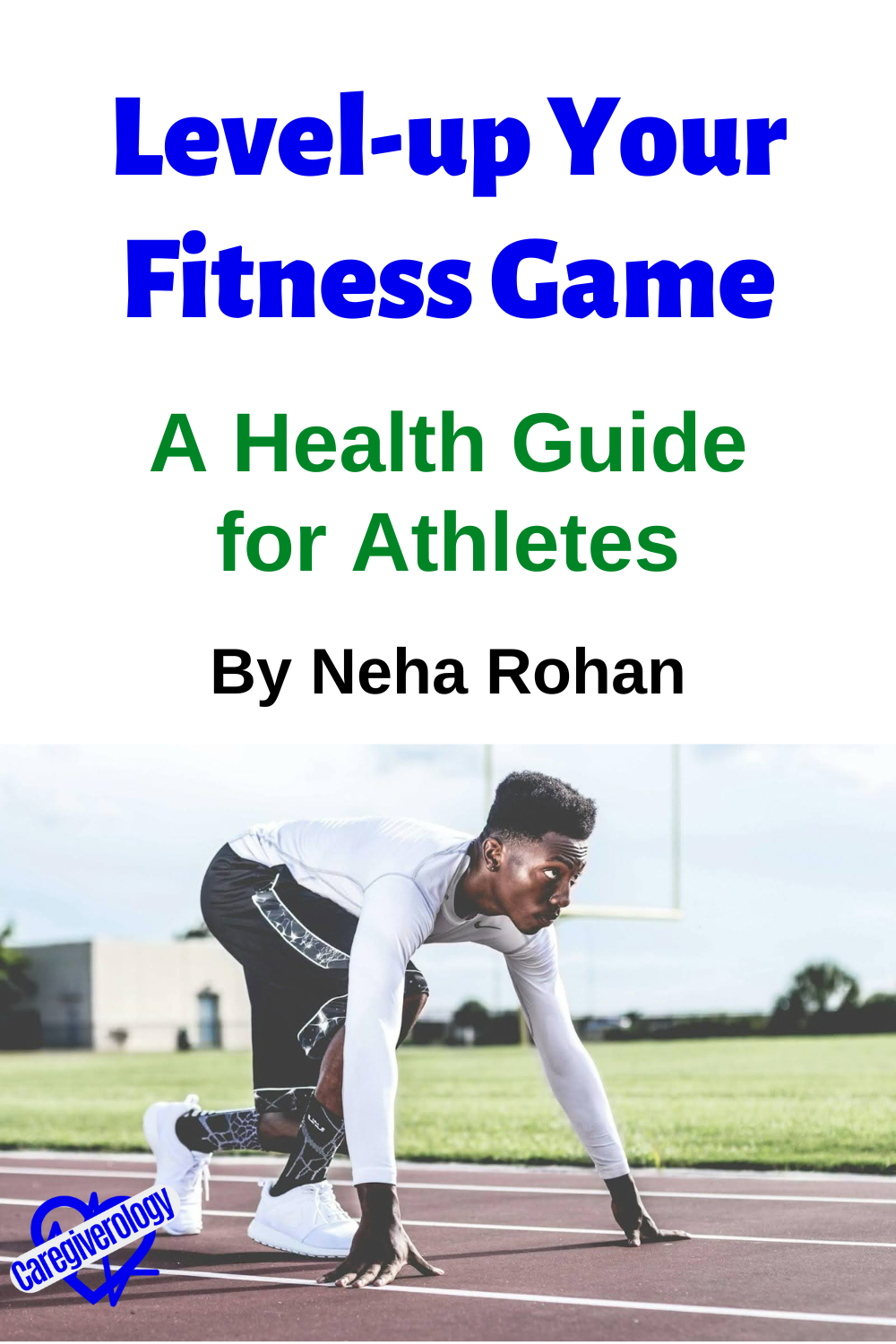Level-up Your Fitness Game: A Health Guide for Athletes

Achieving peak fitness as an athlete goes beyond pushing physical limits; it’s about embracing a holistic approach that considers all aspects of health. Athletes face unique challenges, from intense training routines to the pressures of competition and maintaining peak performance. All of this requires more than talent and effort. The body is a finely tuned machine that needs the right balance of training, rest, nutrition, and mental focus to function at its best.
This guide dives into nine essential strategies that athletes can incorporate to not only improve their performance but also ensure long-term health and strength.
1. Warm Up and Cool Down Essentials
Athletes must know how to warm up before any training session and cool down after it. A proper warm-up gets your body prepared for the demands of exercise. Skipping this step can lead to injuries. It would be best to start with light cardiovascular exercises such as jogging or jumping jacks. After this, it would be best to do some stretches to activate your muscles. Once the workout is complete, cooling down with gentle movements and static stretches is just as crucial. It helps reduce muscle stiffness and promotes better recovery, ensuring you stay in top form for your next session.
2. Precautions During Practice Sessions
Practice sessions can be the most demanding parts of an athlete’s routine, making safety precautions necessary. One of the simplest yet most critical tips is to wear proper, sport-specific shoes. Inadequate footwear can lead to various foot problems, including Mortons neuroma—a painful condition that affects the nerves in the foot, often caused by tight or unsupportive shoes. If not managed, this can impact performance, and you might need to consider treatment options, including custom orthotics and, in severe cases, surgery.
Be proactive by choosing comfortable, supportive shoes, maintaining proper foot hygiene, and seeking medical advice at the first sign of pain.
3. Hydration: More Than Just Drinking Water
Hydration fuels the engine that is your body. While there is no replacement for water, athletes need more than just plain water to replenish what they lose through sweat. Electrolyte-rich beverages are particularly beneficial as they replace essential minerals like sodium, potassium, and magnesium, which help maintain fluid balance and muscle function. Dehydration leads to fatigue, cramping, and even reduced mental focus, so keep an eye on your intake and adjust based on training intensity, weather, and body weight.
4. Balanced Nutrition: Fueling for Performance
What you eat powers how you perform. For athletes, maintaining a balanced diet that meets their macronutrient needs is key. Carbohydrates are the primary fuel source for intense activities, while proteins support muscle repair and growth. Healthy fats play a role in energy storage and hormone regulation. Timing also matters—consuming a carb-protein blend 30-60 minutes before a workout can boost your energy, while a protein-rich snack afterward aids recovery.
5. Prioritizing Rest and Sleep
Rest days and quality sleep are just as important as training and workouts. Sleep is when your body repairs and rebuilds, making it the ultimate recovery tool. Consistent, high-quality sleep improves reaction times, decision-making, and overall endurance. Athletes, like all other adults, must try to get seven to nine hours of sleep every night to let their muscles fully recover and their minds recharge. Do whatever you can to unwind, such as reading a book or taking a warm bath. Remember, prioritizing rest isn’t a luxury; it’s a strategic part of any fitness plan.
6. Mental Fitness: Training the Mind
An athlete’s mental state can make or break their performance. Mental fitness isn’t just about handling stress; it’s about building resilience, focus, and confidence. Incorporating calming techniques, such as deep breathing or short meditation sessions, can help calm nerves before a big event and improve concentration. Visualization exercises are another powerful tool. This involves spending a few minutes each day visualizing successful performances. It can increase self-belief and prepare the mind for competition. Just as physical training strengthens the body, regular mental training enhances your ability to stay composed and strategic under pressure, ultimately boosting overall performance.
7. Flexibility and Mobility Work
Flexibility and mobility are often overlooked aspects of athletic training but are vital for both performance and injury prevention. Regularly incorporating flexibility exercises like yoga or pilates can enhance your range of motion and improve muscle elasticity. Mobility work, which focuses on the movement of joints and their surrounding muscles, supports fluid and functional movement patterns. Foam rolling and targeted stretching can aid in breaking up tight muscle knots, promoting better circulation and faster recovery. Flexibility and mobility exercises should be part of a weekly regimen to keep muscles loose, improve posture, and optimize athletic performance.
8. Periodization: Structuring Your Training
Training without structure can lead to plateaus, burnout, and even injury. Periodization involves organizing your training into cycles to optimize performance while preventing fatigue. This approach alternates periods of high-intensity training with recovery phases, ensuring that the body can rebuild and adapt. Athletes should plan for strength, endurance, and speed cycles based on their specific sport or goal. For example, a runner might have a base-building phase, a speed development phase, and a tapering phase before a race. Structuring your training helps in achieving peak performance at the right time and minimizes the risk of overtraining and injury.
9. Seeking Professional Guidance
Even the most dedicated athletes benefit from professional insight. Consulting with experts, whether they be fitness trainers, sports nutritionists, or physical therapists, can offer tailored advice that aligns with your goals and specific needs. A personal trainer can help create a balanced workout plan that targets weak areas and builds overall strength. Nutritionists can customize a diet plan that fuels your body without compromise, and physical therapists can provide recovery strategies or address any recurring issues before they escalate. Regular check-ups and professional evaluations ensure that you’re on the right track and can make adjustments to maximize performance.
Improving fitness as an athlete requires more than just hours of training; it demands a well-rounded, strategic approach. By following some or all of the strategies discussed in this article, you can ensure that your body and mind remain strong, adaptable, and prepared for the demands of your sport. Taking the time to implement these tips not only helps you reach your fitness goals but also sustains your health and performance for years to come. So, stay committed, train smart, and always push to be your best.
Thank you Neha Rohan for contributing this article.
Guest Articles Written for Caregiverology
From A Health Guide for Athletes to Home
Recent Articles
-
How to Plan for Aging: Financial, Health, and Lifestyle Considerations
Mar 29, 25 12:40 PM
Did you know that 70% of people over 65 will need some form of long-term care? Yet, many delay planning until it’s too late. Aging is inevitable, but how we experience it depends on preparation. -
Speech Disorders: How to Know When It's Time to See a Professional
Mar 27, 25 07:05 AM
When it comes to human interaction, we need to be able to communicate effectively. -
Who Provides What? The Distinct Duties of Nurses and Caregivers
Mar 26, 25 07:37 PM
When it comes to healthcare, the roles of nurses and caregivers are often misunderstood. While both are essential in providing support and care, their responsibilities, training, and the level of care…





New! Comments
Have something to say about what you just read? Leave a comment in the box below.